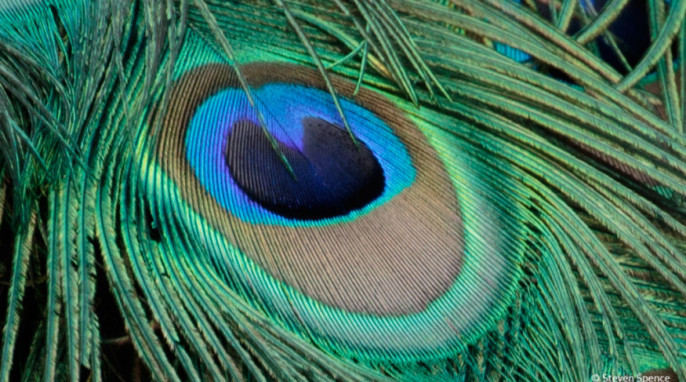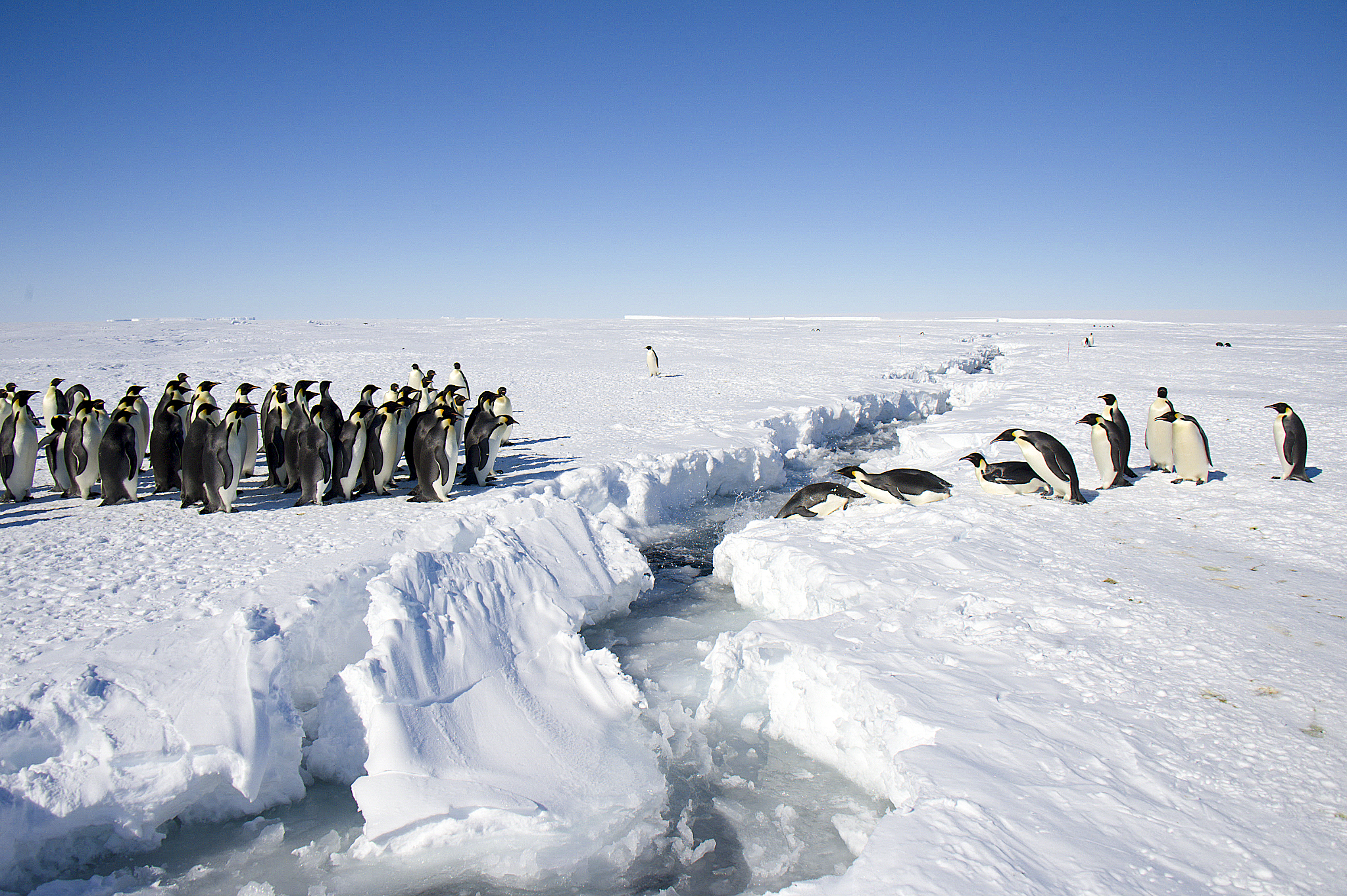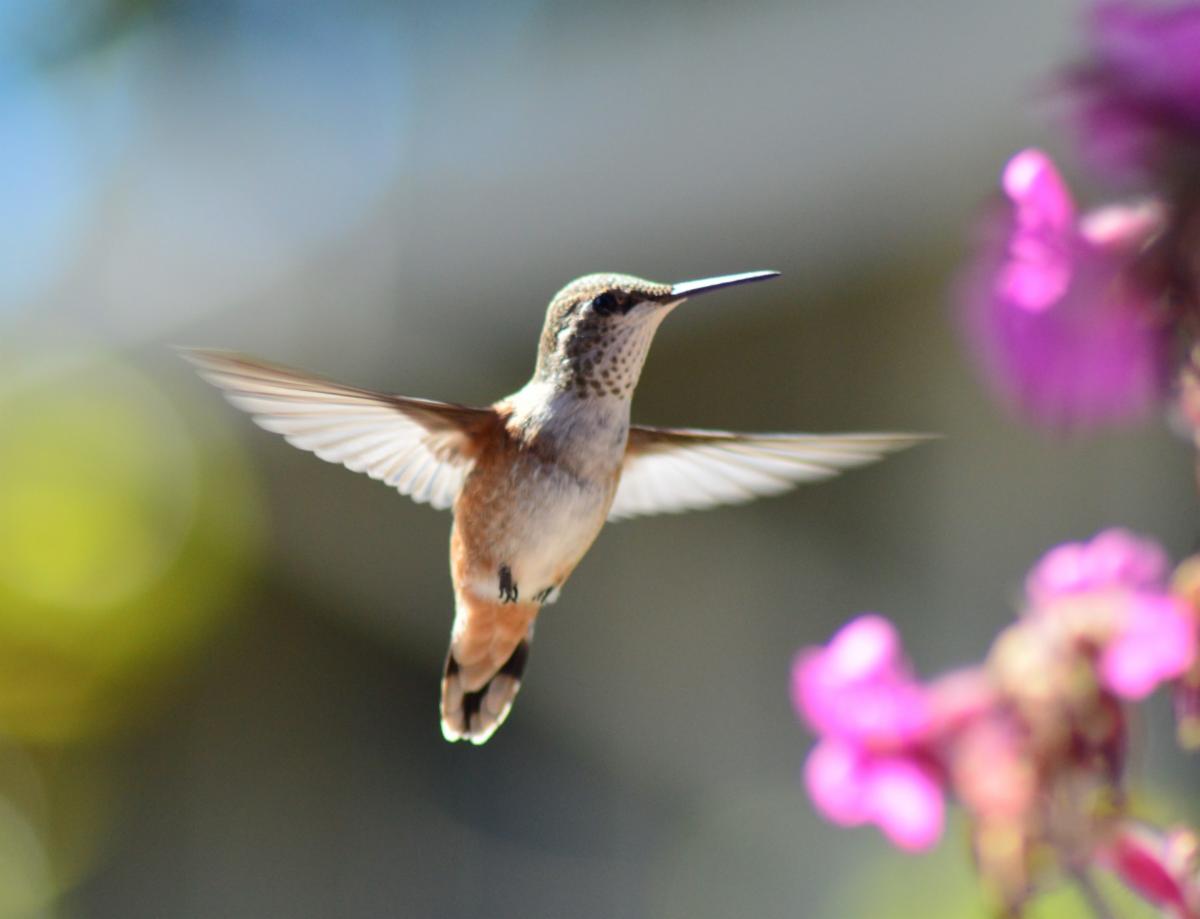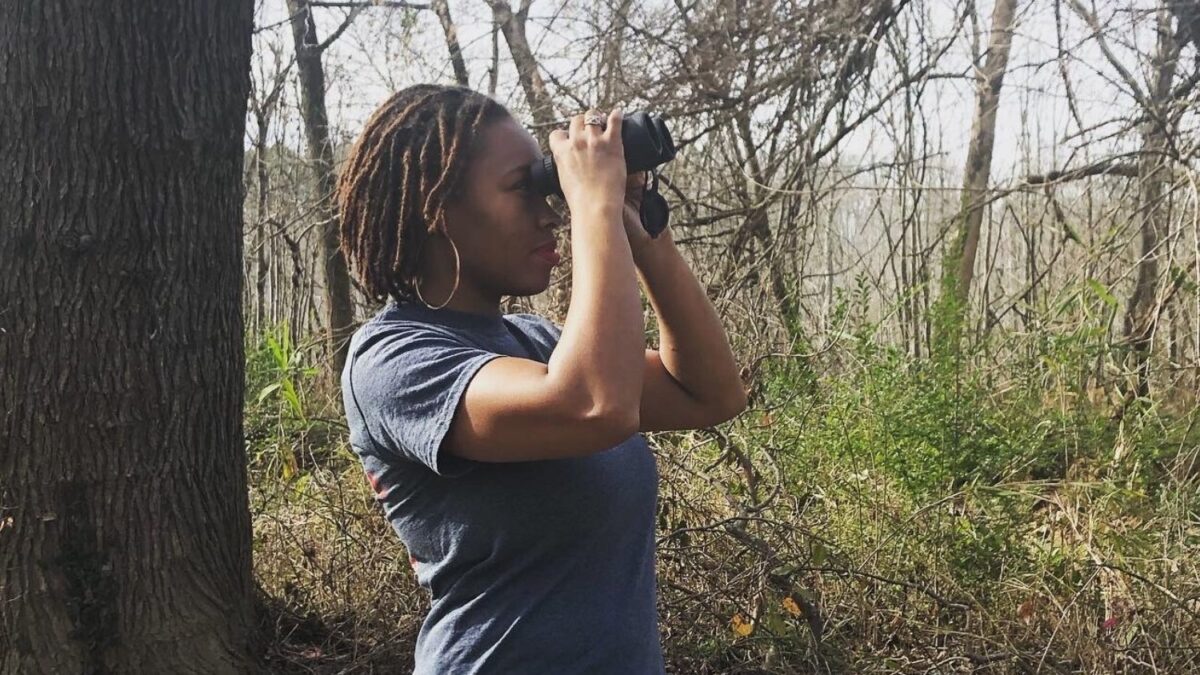Peacocks are known for their bright colors, but those bright colors aren’t a result of pigmentation. It’s called structural coloration.
Pimping Your Ride, the Natural Way
If you are familiar with Pimp My Ride, a TV show about customizing old cars, you will know that one of the key elements in each customization is a bold paint job. It turns out that nature is ahead of TV.
Biomimetics is the science of harnessing (or mimicking) nature in the design of human-engineered products. Aircraft wings have been improved with inspiration from birds, bats, and even sharks. Geckos and their amazing gripping properties have inspired the development of adhesives and robotics. Structural coloration, as found in butterfly wings and bird feathers, is also inspiring work in optical computing, thin film optical coatings, and color-changing paints.
What if I Told You a Peacock is Brown?
Peacocks are known for their bright colors, but when their feathers are wet they appear brown. This indicates that the bright colors aren’t a result of pigmentation: something else is going on. Indeed, the peacock achieves its stunning plumage display through structural coloration, more commonly known as iridescence.

Structural Coloration, Shifting Colors
A surface is said to be iridescent if it appears to shift colors as the angle of illumination changes. Structural coloration results from a lightwave interaction with a structure of similar size or half of the size. The light can be reflected, refracted, or sometimes both, and the effect is angle dependent, according to Bragg’s law.
Depending on the angle and the wavelength, lightwaves may constructively or destructively interfere with each other. If waves destructively interfere, they minimize or completely cancel each other out. Constructively interfering waves increase in size and can double in strength (amplitude).
RELATED: CHAMELEONS’ COLOR CHANGE SECRET REVEALED
Magic with Mirrors
Thin film interference occurs when light reflects off the top and the bottom of a nano-scale layer. A common example of this is light hitting a film of oil on water. Light is reflected once from the oil on top of the water and a second time from the water-oil interface. Soap bubbles are another example.
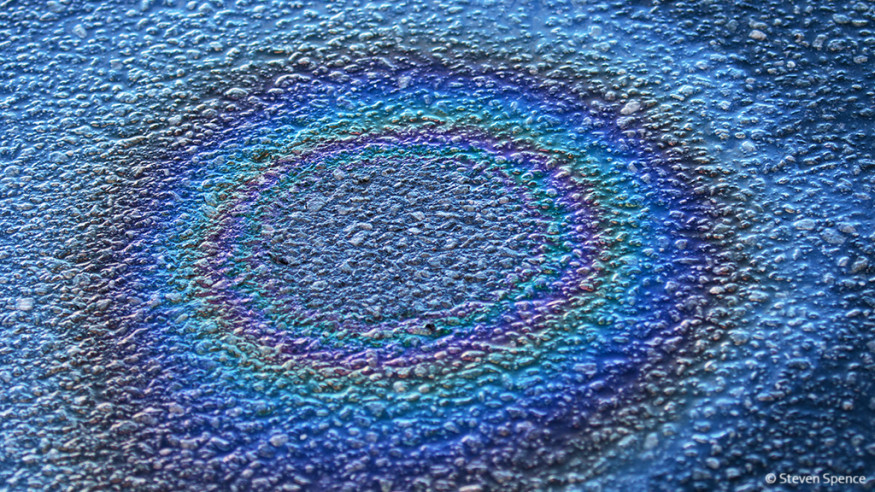
Is Color a Wave or a Particle?
We won’t come close to settling that question right now, but don’t miss the first photo of light behaving as both a wave and a particle. For our purposes, here, light is behaving as a wave. Unlike the chameleon, our peacock makes use of 2-D photonic crystals. Photonic crystals are structures that allow transmission of light only at certain frequencies. To function, the structures need to be approximately half the wavelength of the light transmitted.
RELATED: HOW NATURE CREATES THE COLOR BLUE
A nanometer (nm) is one billionth of a meter. The human eye can view colors in the range of 390 nm (edge of ultraviolet) to 700 nm (edge of infrared), thus iridescent violet or blue seen in peacock plumage requires structures in the range of 200-250 nm. For comparison this is half the size of the structures in a Blu-ray disk (405 nm).
The Secret of a Peacock’s Colors
A peacock’s feathers have barbs. Each barb has a flat array of flat barbules, structures which disperse the incoming light and create the coloration we see. The peacock’s blue, green and yellow barbule structures are nearly square.
Scientists have recently discovered that the brown structures are also caused by photonic crystals of a rectangular shape and not pigments as previously thought.
Color Follows Form: Shining Examples
Besides peacocks many other birds have iridescent plumage– starlings and ducks are other common examples. Among insects, structural coloration gives some butterflies, flies, wasps, and beetles a bright, metallic sheen.
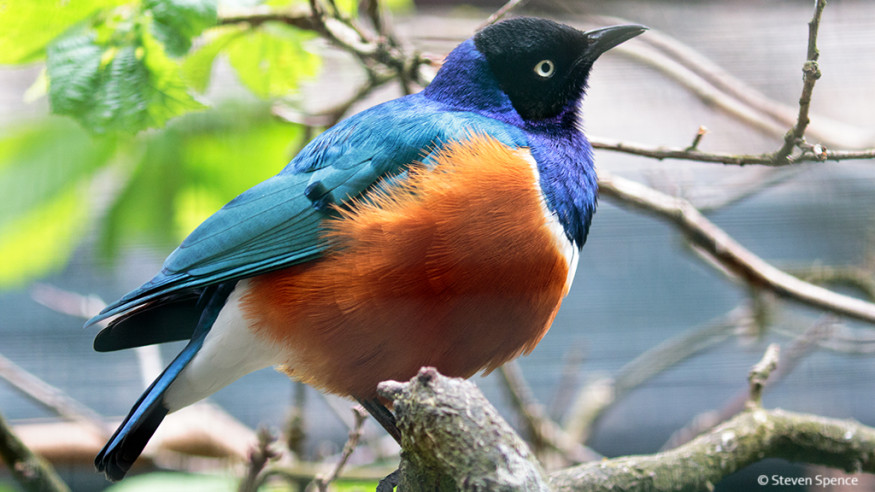
Applications for Structural Coloration
Structural coloration has multiple applications in optics and photonics. Distributed Bragg Reflectors (DBRs) have applications in fiber optics, lasers, and optical computing. Thin film layers can be used in anti-reflective coatings on lenses, filters and mirrors. Iridescent paints may be used for cars, but may also provide a new level of intensity and depth to art works.

